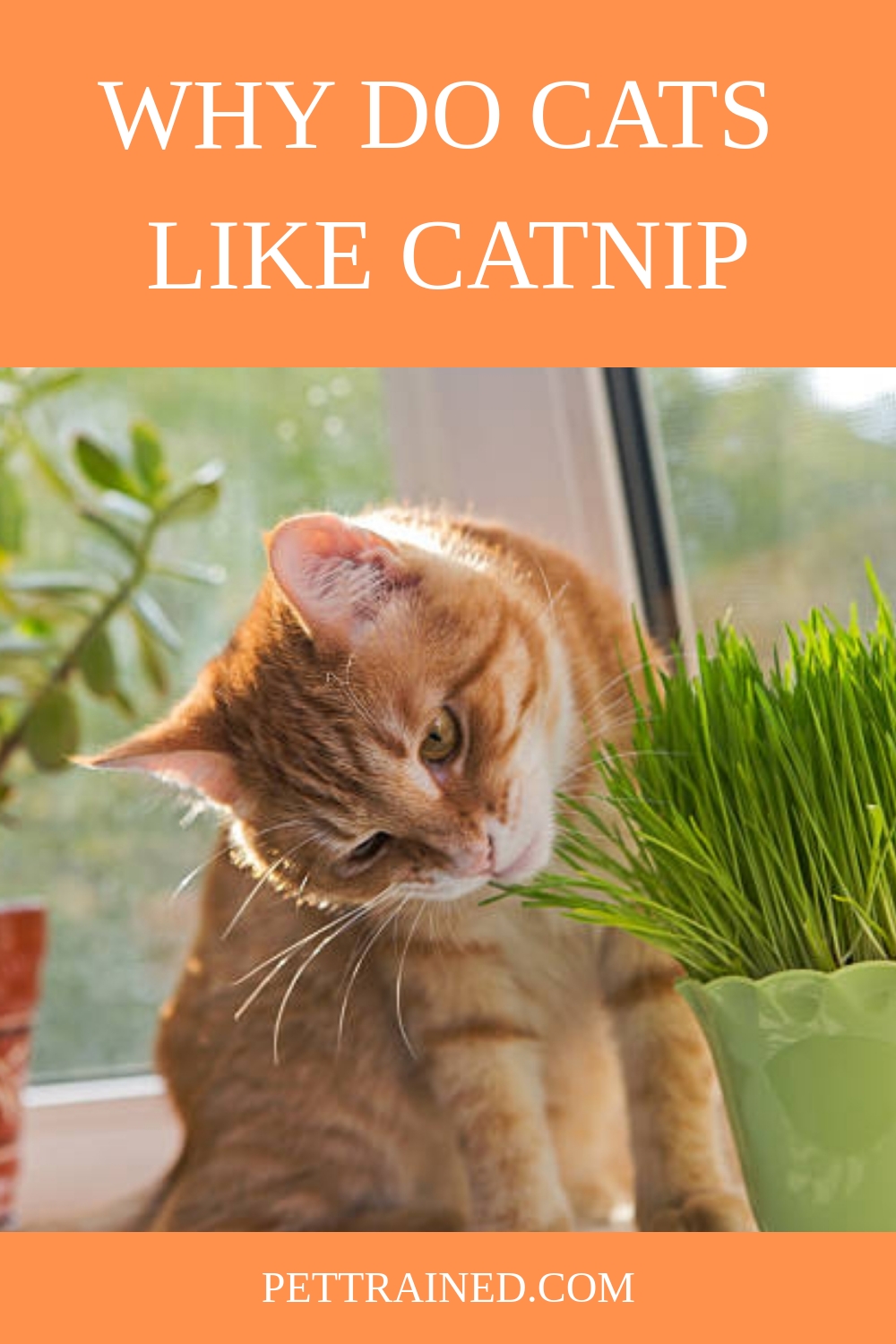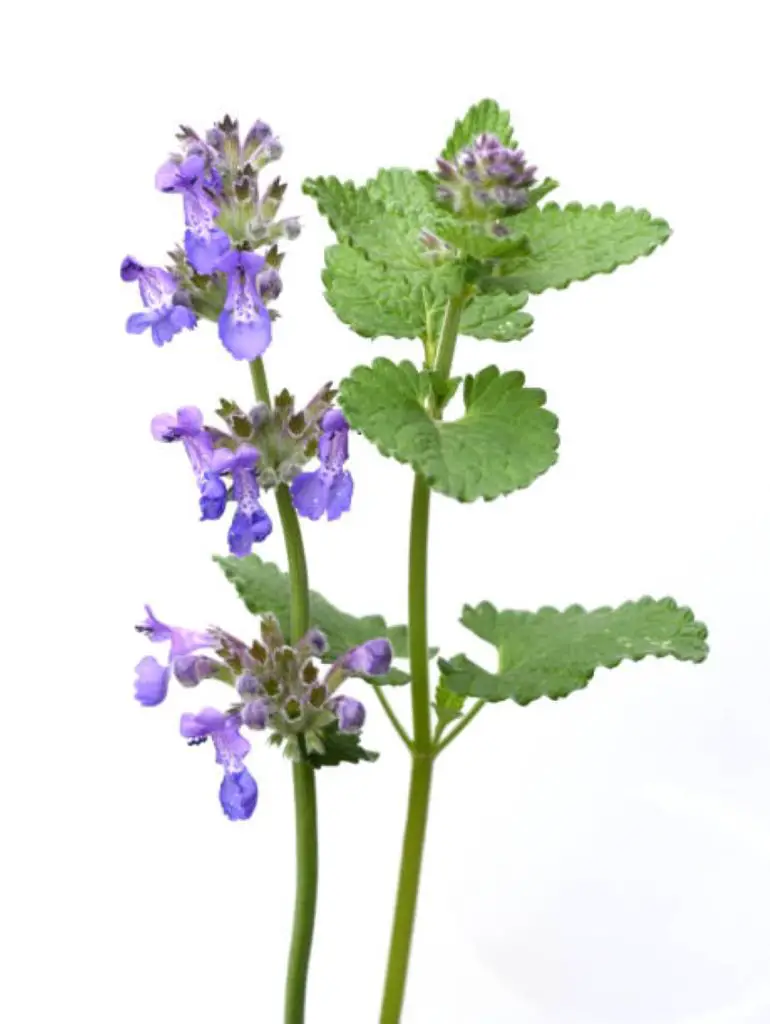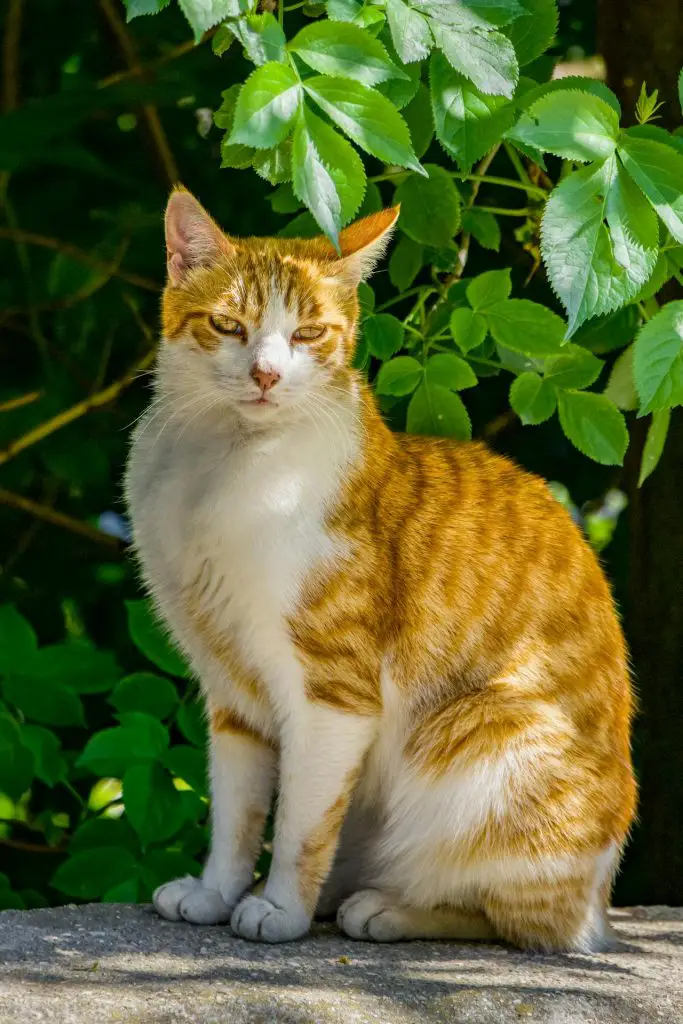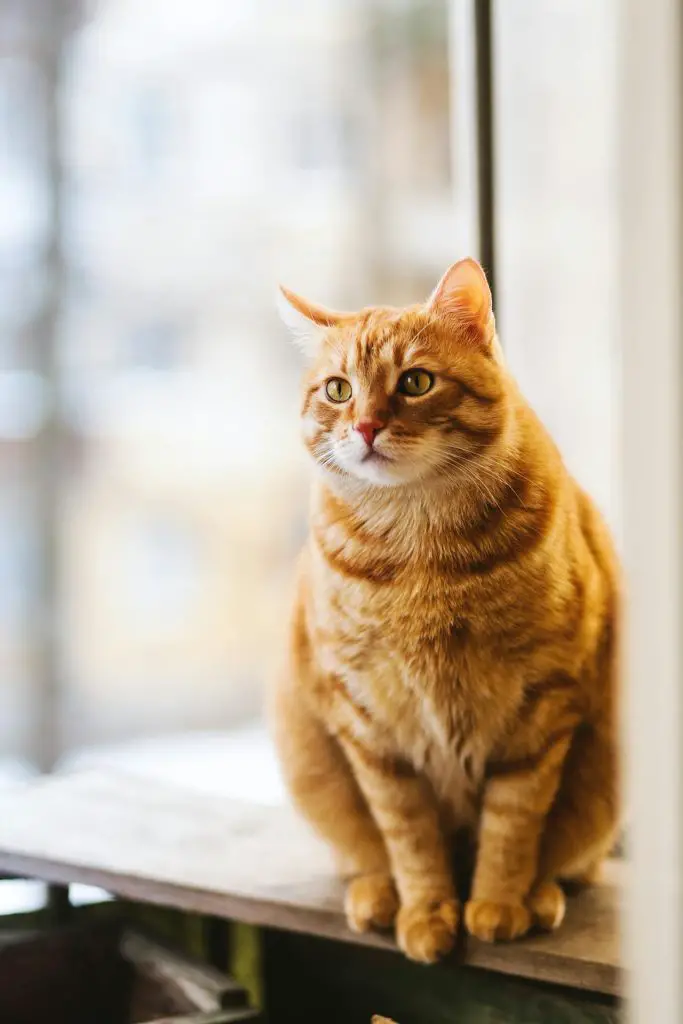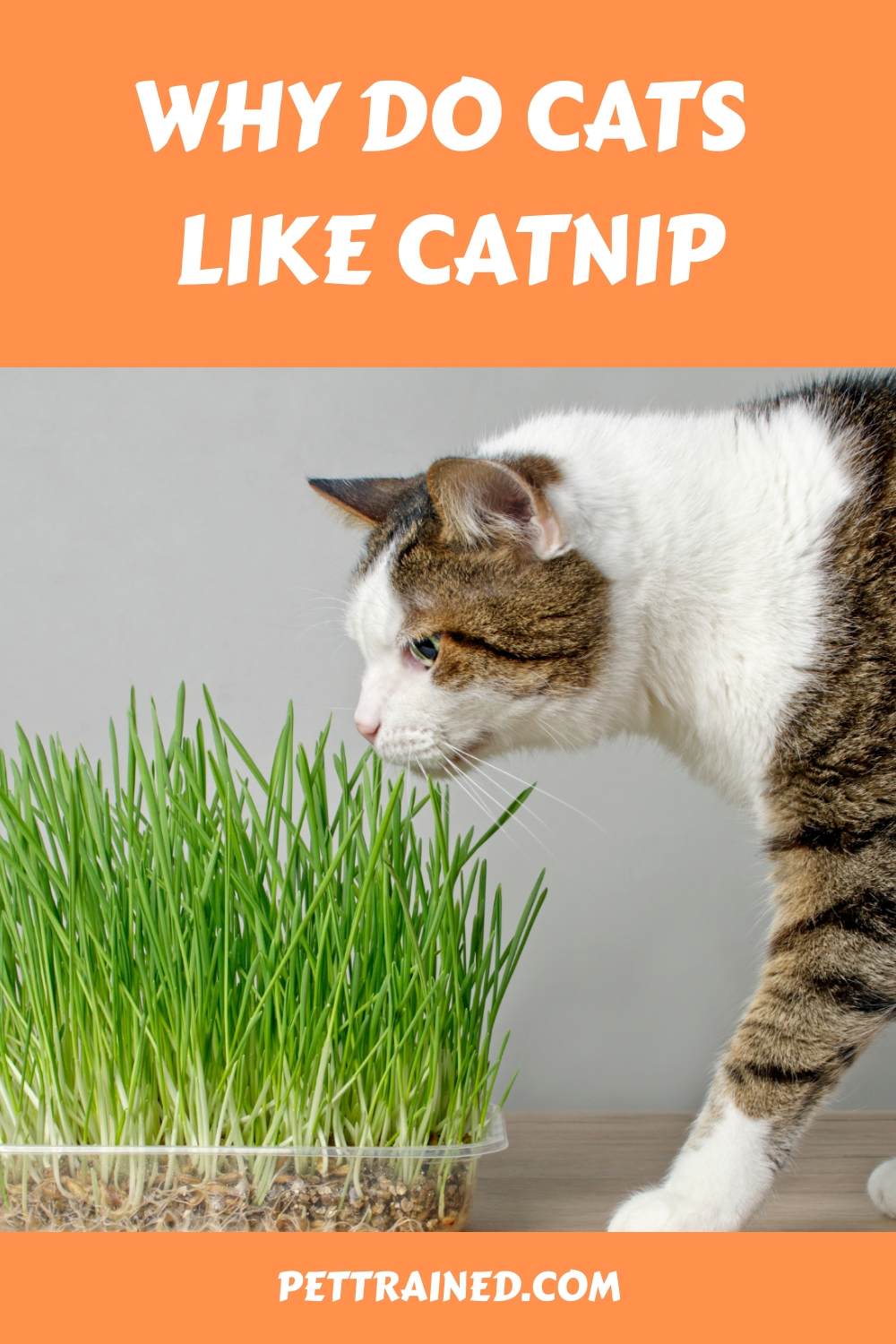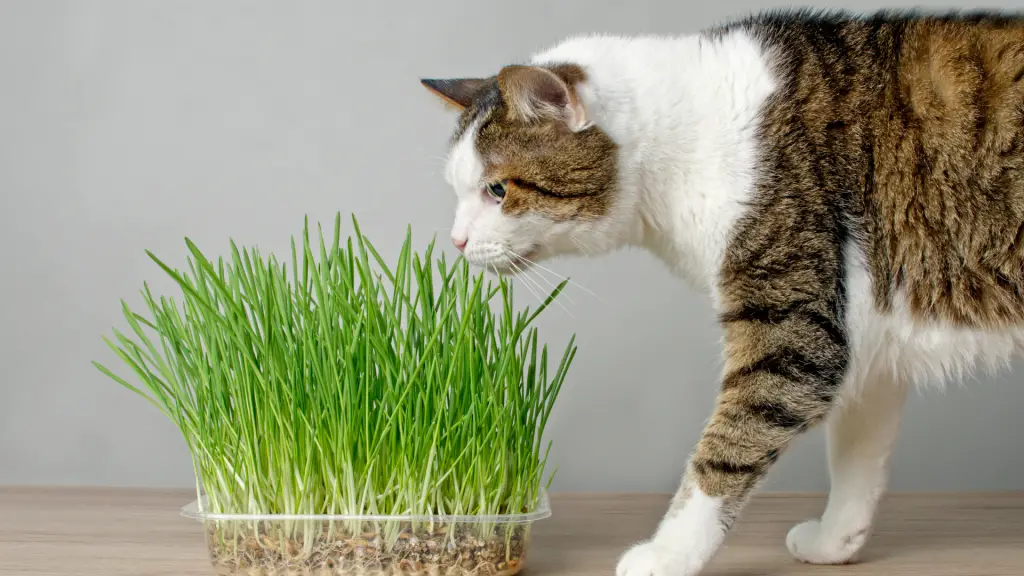
You’ve probably witnessed it a million times: a cat catches a whiff of catnip and suddenly transforms into a frantic, rolling, rubbing ball of fur. But have you ever wondered what’s behind this bizarre behavior? It all starts with a unique compound called nepetalactone, which is found in the leaves of the catnip plant. As you explore the fascinating world of catnip, you’ll discover that not all cats are affected by its charms, and that there’s more to this quirky plant than just its entertaining effects on felines. But what exactly is catnip, anyway?
Table of Contents
What Is Catnip Exactly?
Catnip, also known as Nepeta cataria, is a perennial herb belonging to the mint family that contains a chemical compound called nepetalactone, which is responsible for its effects on cats.
You’ll find that catnip has a rich history dating back to ancient times, when it was used for medicinal and culinary purposes.
The herb was even mentioned in the writings of Greek physician Dioscorides in the 1st century AD.
As you explore the world of catnip, you’ll discover that there are several varieties, each with its unique characteristics.
This post contains affiliate links. However all the information provided on this site are my own honest opinions. See more in Disclaimer.
Some popular varieties include ‘Walker’s Low’, ‘Cambridge Blue’, and ‘Six Hills Giant’.
These varieties differ in their growth habits, leaf color, and flower intensity, but they all contain the potent nepetalactone that drives cats wild.
You’ll also find that catnip is relatively easy to grow, thriving in well-drained soil and partial shade.
Whether you’re a seasoned gardener or a cat enthusiast, understanding the properties and varieties of catnip can help you appreciate its allure to felines.
Cats’ Unique Sense of Smell
As you explore the world of catnip, you’ll discover that your cat’s unique sense of smell plays an essential role in their fascination with this herb.
Cats possess a highly developed olfactory system, with smell receptors in their nasal cavity that are attuned to detecting specific pheromones, including those found in catnip.
Smell Receptors in Cats
Cats possess a highly developed sense of smell that’s mediated by nearly 200 million smell receptors in their nasal cavity, a markedly higher number than the 6 million found in humans.
You may wonder what makes their sense of smell so unique. The answer lies in the feline olfactory system, which is designed to detect even the faintest scents.
Cats’ scent receptors are highly sensitive and play a vital role in their ability to detect pheromones, such as those found in catnip.
Here are some fascinating facts about cats’ sense of smell:
- Cats can detect scents that are 14 times fainter than what humans can detect.
- Their highly developed sense of smell helps them detect prey, navigate their territory, and recognize their owners.
- Cats have a highly developed vomeronasal organ, also known as the Jacobson’s organ, which is responsible for detecting pheromones.
- Their sense of smell is also influenced by their unique nasal structure, which includes a larger surface area and more sensory glands.
How Smell Triggers Behavior
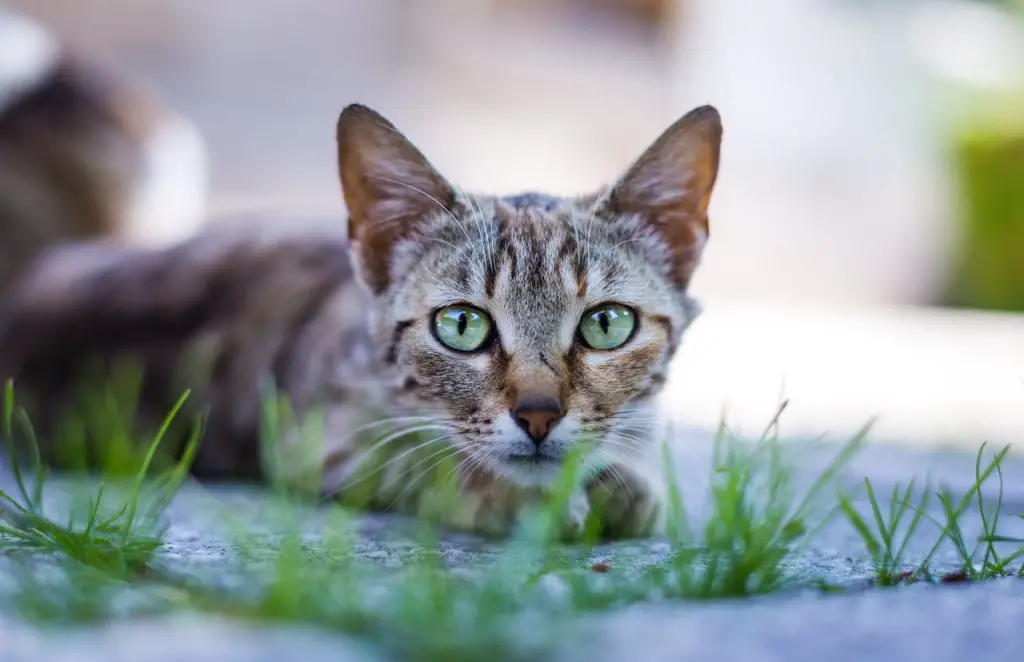
The moment a feline catches a whiff of a potent scent, a complex process unfolds, triggering behaviors that are deeply ingrained in their nature, from instinctual hunting to social interactions and even playful responses to catnip.
You see, cats’ unique sense of smell plays a vital role in shaping their behavior. When they detect a scent, it binds to odor receptors in their nasal cavity, sending signals to the brain’s limbic system, which processes emotions and motivations.
This olfactory stimulation triggers a behavioral response, often instantaneous and seemingly automatic.
As you observe your feline companion, you’ll notice how different scents elicit distinct reactions. For instance, pheromones from a mother cat can calm her kittens, while the aroma of prey can stimulate hunting instincts.
Similarly, the active compound in catnip, nepetalactone, binds to receptors in the nasal tissue, inducing a response that’s often characterized by rolling, rubbing, and playfulness.
Understanding how smell triggers behavior in cats can help you better appreciate their intricate sensory world and even inform strategies for enriching their environment and strengthening your bond with them.
The Science Behind Catnip’s Effect

You’re about to uncover the fascinating science behind catnip’s effect on felines.
Embedded in the leaves and stems of the catnip plant, a chemical compound called nepetalactone binds to receptors in felines’ nasal tissue, triggering a response that’s often characterized as euphoric.
As you explore this phenomenon, you’ll discover the intricate mechanisms driving catnip’s benefits and shaping feline behavior.
When cats detect nepetalactone, their brain interprets it as a signal to exhibit natural behaviors like rolling, rubbing, and licking. This reaction is usually accompanied by feelings of excitement and relaxation.
Here are some remarkable effects of catnip on felines:
- Reduces stress and anxiety
- Stimulates playful behavior
- Enhances sensory experience
- Encourages social interaction
Catnip’s Active Ingredient Explained
As you explore the properties of catnip, you’ll find that its potency lies in a single compound: nepetalactone.
You’ll learn what this chemical is, how it’s produced, and what makes it so unique.
In understanding nepetalactone, you’ll also discover how it interacts with feline biology to produce those famously euphoric effects.
What Is Nepetalactone?

Nepetalactone, a naturally occurring chemical compound found in the leaves and stems of the catnip plant, is responsible for the peculiar effects it has on felines.
You might be wondering what makes nepetalactone so special. As a key component of catnip, nepetalactone plays a significant role in the plant’s potent appeal to cats.
Here are some interesting facts about nepetalactone:
- Nepetalactone is a member of the iridoid family, a type of naturally occurring chemical compound known for its diverse biological properties.
- It’s estimated that nepetalactone is present in the leaves and stems of catnip at concentrations of up to 1%.
- Nepetalactone benefits are largely centered around its ability to elicit a response in cats.
- Research suggests that nepetalactone safety is generally not a concern for felines.
While nepetalactone may be a mysterious substance to some, research has shed light on its unique properties and role in the feline-catnip phenomenon.
Understanding nepetalactone is key to grasping the allure of catnip for cats.
How Nepetalactone Affects Cats
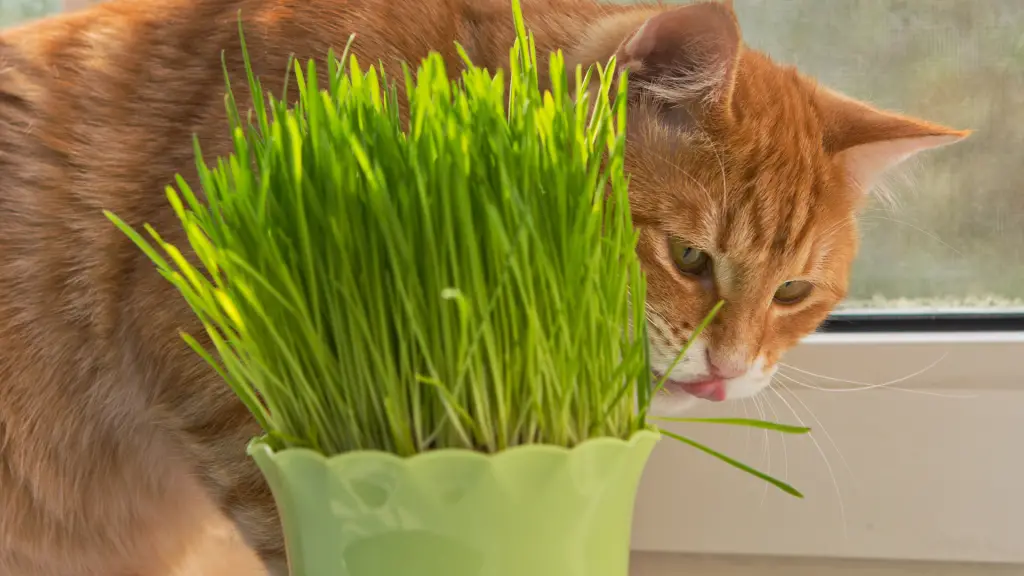
The interaction between nepetalactone and a cat’s nasal tissue and brain chemistry triggers a unique response, often characterized by behaviors such as rolling, rubbing, and drooling.
As you watch your cat indulge in catnip, you’re witnessing the effects of nepetalactone on feline behavior.
Nepetalactone binds to receptors in the nasal tissue, which sends signals to the brain, causing the release of neurotransmitters that stimulate a response.
You’ll notice that your cat’s behavior changes rapidly after exposure to nepetalactone. They may start to roll around, rub their face and body on the ground, and exhibit other unusual behaviors.
These nepetalactone effects are usually short-lived, lasting only a few minutes. The intensity and duration of the response can vary depending on the individual cat and the concentration of nepetalactone.
Interestingly, not all cats are affected by nepetalactone. Research suggests that a cat’s sensitivity to nepetalactone is determined by genetics. If your cat doesn’t respond to catnip, it may be due to their individual genetic makeup.
Understanding how nepetalactone affects cats can provide valuable insights into feline behavior and help you better appreciate your cat’s unique personality.
Why Cats Go Crazy for Catnip
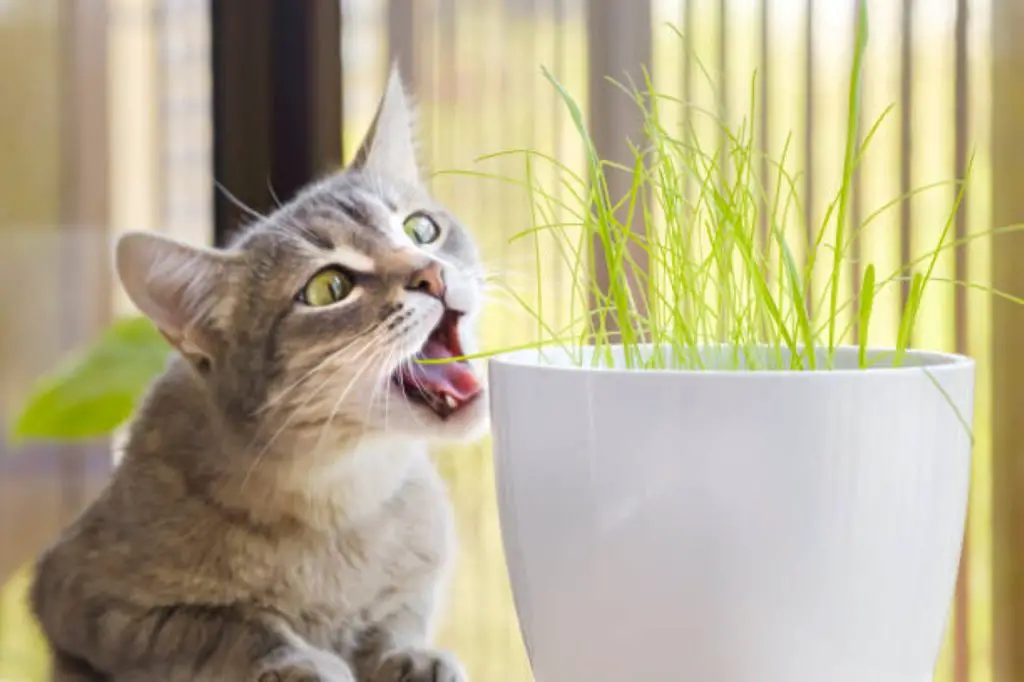
Your cat’s sensitivity to catnip is triggered by a unique organ called the vomeronasal organ, or Jacobson’s organ, which is located in the nasal cavity and is responsible for detecting pheromones, including the active compound in catnip.
This organ is highly developed in cats, allowing them to detect even the slightest amounts of nepetalactone, the chemical responsible for catnip’s potency.
When your cat sniffs or ingests nepetalactone, it binds to receptors in the vomeronasal organ, causing a response that’s often referred to as ‘cat behavior’ – rolling, rubbing, licking, and general feline playfulness.
You watch in awe as your cat’s eyes light up with excitement, their pupils dilating with anticipation.
Your cat’s playful pounces and adorable little nose wrinkles are just a few signs that they’re enjoying the ride.
The pure, unadulterated joy on your cat’s face is unmistakable – they’re having the time of their lives!
Catnip has an incredible effect on your cat’s behavior, inducing a state of carefree abandon.
As you observe your cat’s antics, you can’t help but laugh at their uninhibited enthusiasm – it’s simply infectious!
Not All Cats Are Affected
Although many cats exhibit a profound sensitivity to catnip, some cats don’t respond to it at all. Researchers believe that a cat’s genetics play a significant role in determining their susceptibility to nepetalactone’s effects.
You may wonder why your cat doesn’t go wild for catnip, while your neighbor’s cat can’t get enough of it. It all comes down to catnip sensitivity, which is influenced by genetic factors.
Studies have shown that cats need to have a specific type of receptor in their nasal tissue to respond to nepetalactone, the active compound in catnip. If your cat doesn’t have this receptor, they won’t be affected by catnip.
Additionally, some cats may have a reduced sensitivity to catnip due to their genetic makeup, which can result in a milder reaction or no reaction at all.
So, don’t be surprised if your cat doesn’t join in on the catnip fun – it’s simply a matter of their individual genetic profile.
Researchers are still working to understand the intricacies of catnip sensitivity, but one thing is clear: genetics play a significant role in determining a cat’s response to this feline favorite.
Growing Your Own Catnip Plant

Growing a catnip plant is relatively straightforward, requiring only a few basic conditions to thrive. By doing so, you can provide a steady supply of this feline favorite for your cat to enjoy.
To guarantee successful growth, it’s crucial to focus on proper catnip care and growing conditions.
When growing catnip, choose a location with plenty of sunlight, and make sure the soil is well-draining to prevent root rot.
Water your catnip plant regularly, but avoid overwatering, as this can lead to weakened roots. Fertilize your plant during the growing season to promote healthy growth and leaf production.
Here are some benefits of growing your own catnip plant:
- Enjoy watching your cat experience pure joy and excitement when indulging in fresh catnip.
- Provide a natural and healthy way to stimulate your cat’s senses.
- Create a fun and engaging activity for you and your cat to share.
- Harvest catnip leaves at any time for use in toys, scratching pads, or other enrichment activities.
Frequent Questions
You’re probably wondering if cats can overdo it on catnip. Rest assured, the catnip effects are typically short-lived and harmless. However, excessive exposure can lead to catnip toxicity, causing symptoms like vomiting and diarrhea, so moderation is key.
“You’ll notice varied kitten reactions to catnip exposure, as sensitivity develops over time. Generally, kittens under six months may not respond strongly, and limited catnip exposure is safe, but monitor behavior for adverse signs.”
You’ll find that catnip effects aren’t exclusive to felines; other animals, like birds and mice, exhibit unique reactions. While not as pronounced as cats’, these animal reactions reveal sensitivity to nepetalactone, catnip’s active compound.
You may think catnip loses potency over time, but proper catnip storage is key. If you seal it tightly and keep it away from light, you’ll preserve catnip freshness, ensuring your feline friend’s euphoric response remains strong.
You can utilize catnip training methods to train cats by incorporating positive reinforcement. Reward desired behaviors with treats or praise when your cat responds to catnip stimuli, effectively associating actions with pleasing outcomes.
Final Thoughts
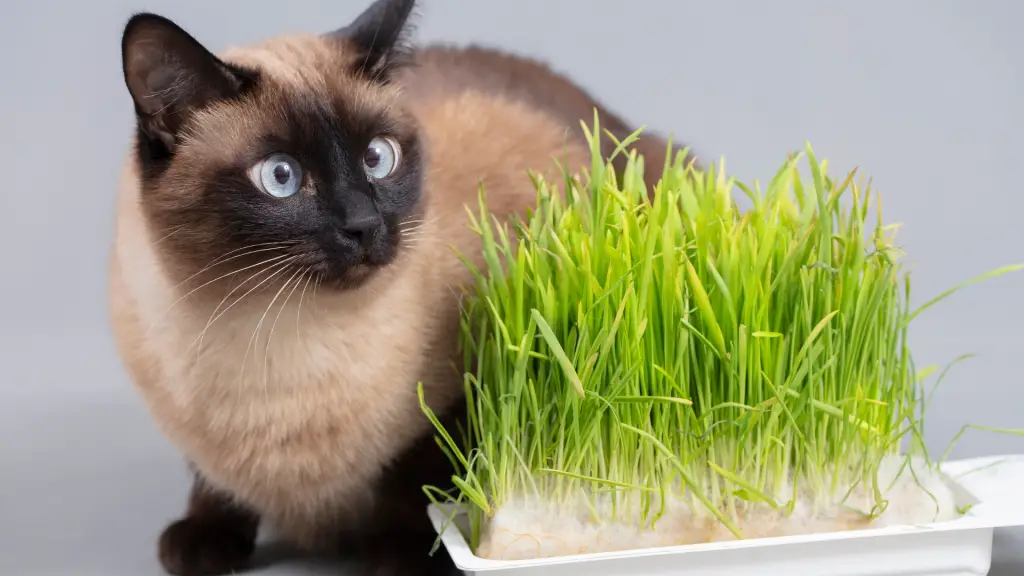
You’ve now gained insight into the fascinating world of catnip and its effects on felines.
Curiously, approximately 50-70% of cats are sensitive to nepetalactone, the active compound in catnip. This statistic highlights the genetic variability in cats’ responses to catnip.
By understanding the science behind catnip’s effects, you can better appreciate the intricacies of feline behavior and provide enrichment opportunities that cater to your cat’s unique needs and preferences.
